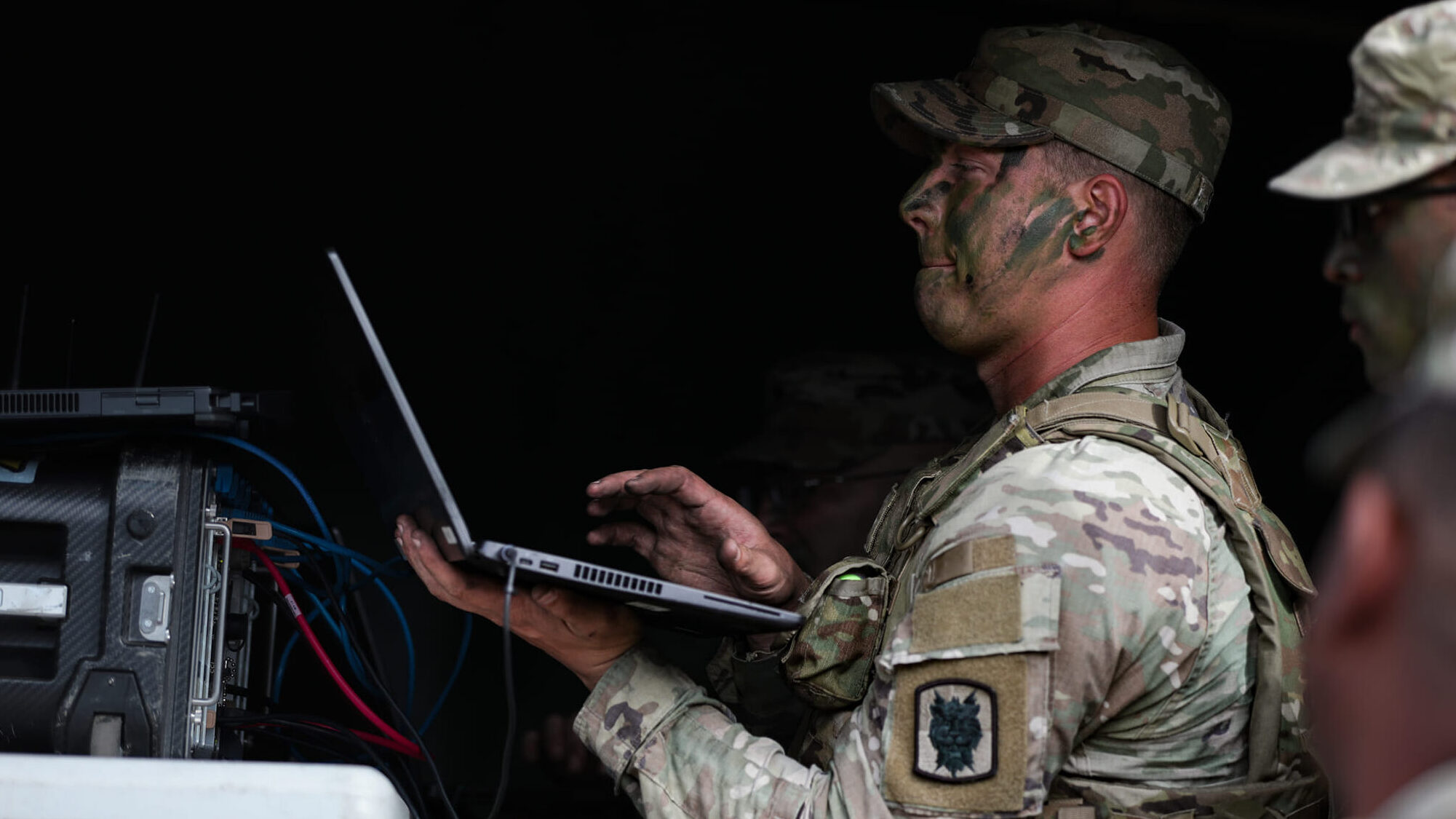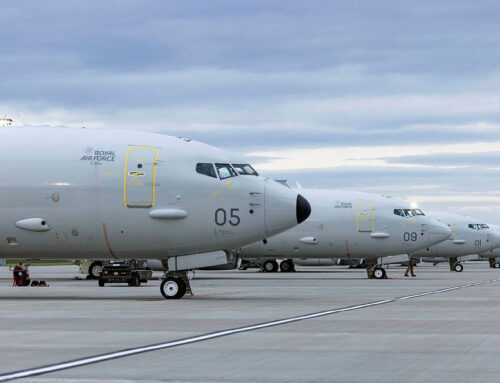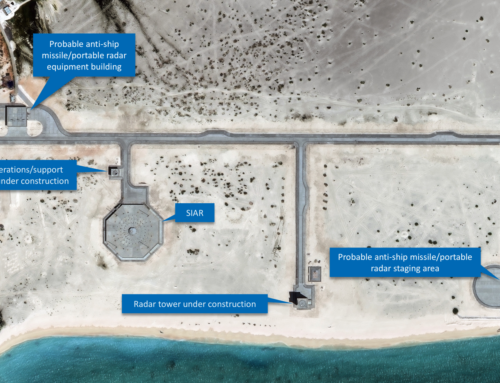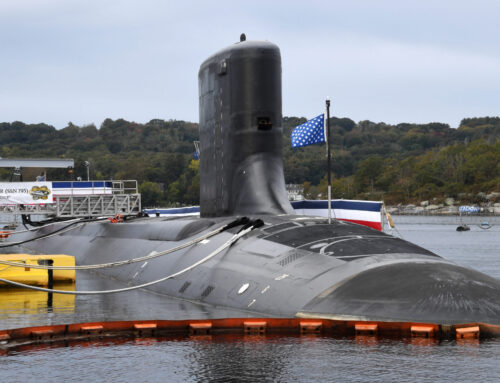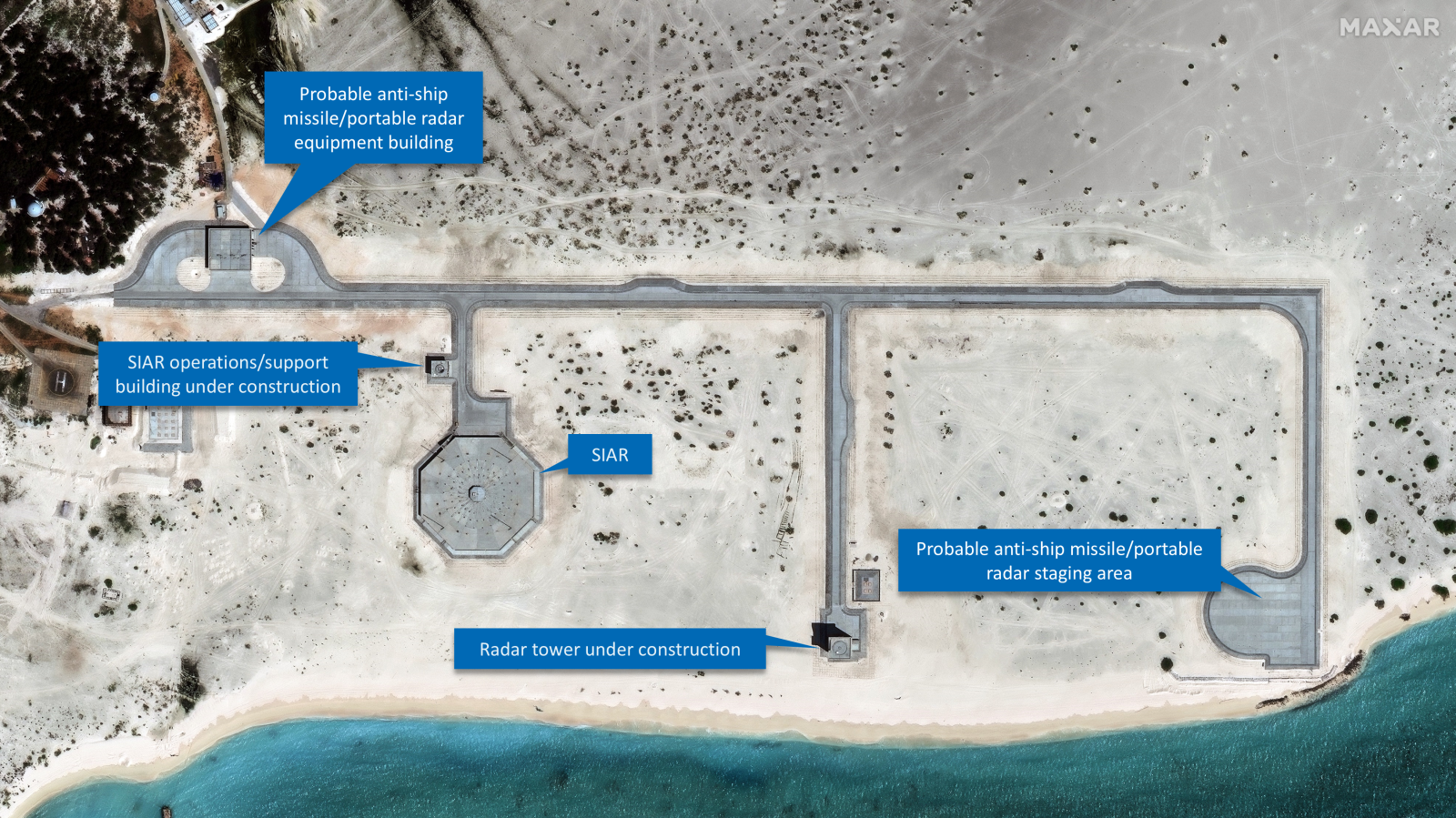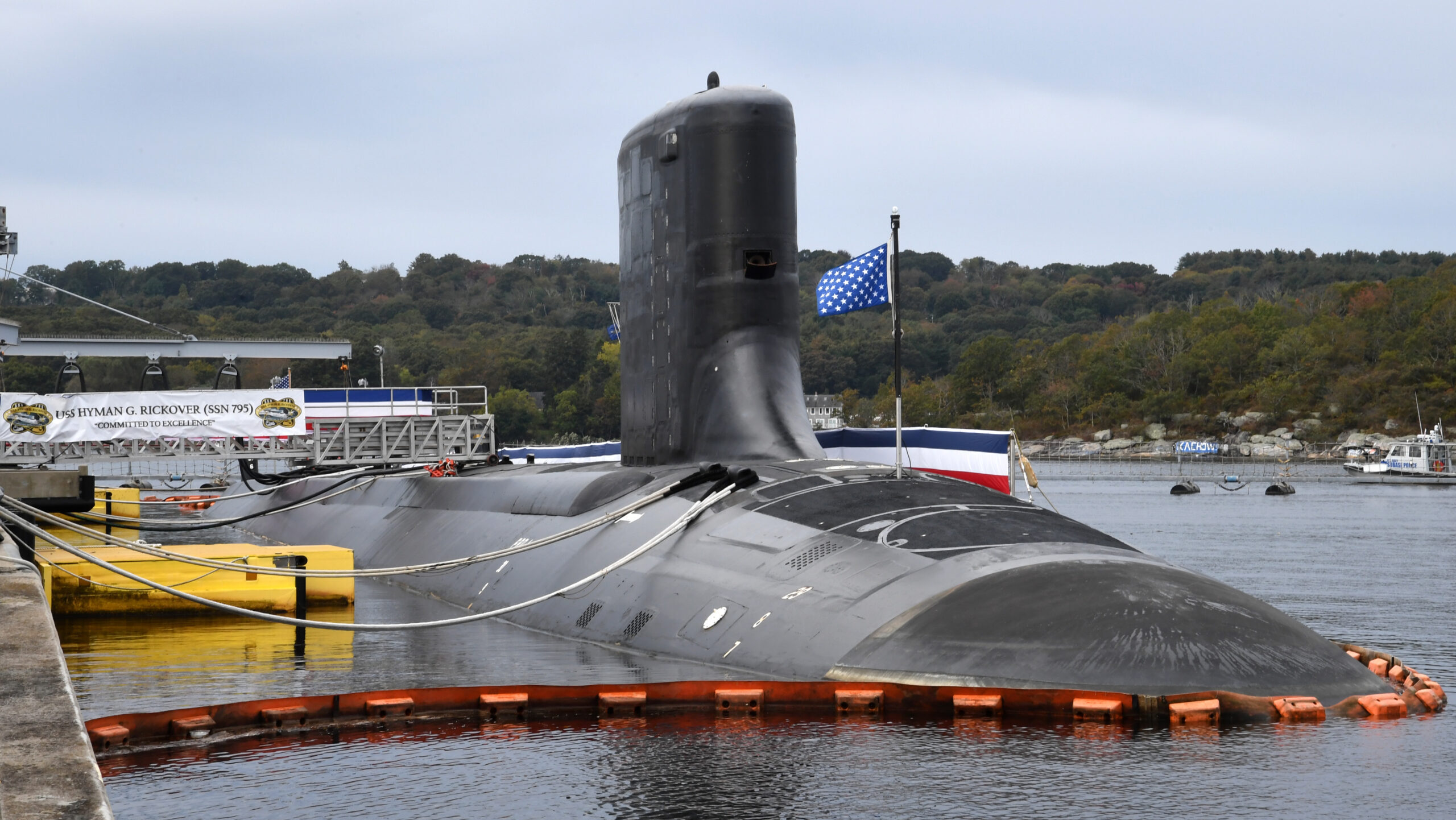The ultimate goal of the Army’s Unified Network is to give soldiers the same network capabilities while deployed as they have at posts, camps, and stations. Photo courtesy of the US Army.
WASHINGTON — The Army has awarded Leidos a contract worth up to $331 million to bolster its unified network initiative — the service’s goal of breaking down the dozens of siloed legacy networks, mostly separated by tactical and enterprise portions, to create a more cohesive singular network.
The award comes from the Army’s Program Executive Office for Command, Control and Communications-Network (PEO C3N), which is the program executive office responsible for modernizing the Army’s network capabilities. More specifically, the award comes out of the Global Enterprise Network Modernization – OCONUS (GENM-O) program office within PEO C3N, which provides network modernization in the Southwest Asia, Pacific and Europe theaters.
“We are proud to partner with the Army in deploying the Global Unified Network, which will enhance interoperability and security across all levels of operations. This initiative not only aligns with the Army’s Network Modernization Strategy but also aims to position us at the forefront of advancing military communication capabilities in an increasingly complex global landscape,” Steve Hull, president of Leidos’ digital modernization sector said in a press release.
A spokesperson for PEO C3N told Breaking Defense that Leidos is the main award winner of the contract, but there are a handful of subcontractors involved as well. According to the press release, the contract has a one-year base period of performance with four one-year option periods, and has a total value of $331 million “if all options are exercised.”
Leidos will deploy the unified network to different Army sites to “deliver a standardized, orchestrated modern network architecture, aiming to make applications, data, and enterprise services are accessible, trusted and interoperable across the globe,” the press release stated.
The Army announced its Unified Network Plan nearly three years ago. At the time, the Army had 69 individual networks and announced the goal of getting down to one by 2027, something Program Executive Officer of C3N Mark Kitz, recently told Breaking Defense was “ambitious,” yet possible.
“This vision of a unified network is very ambitious. For a very long time, the Army has been building tactical and enterprise infrastructure in two very different ways,” he said. “And so how do we identify those opportunities? How do we identify the challenges, and how do we identify the roadblocks?”


